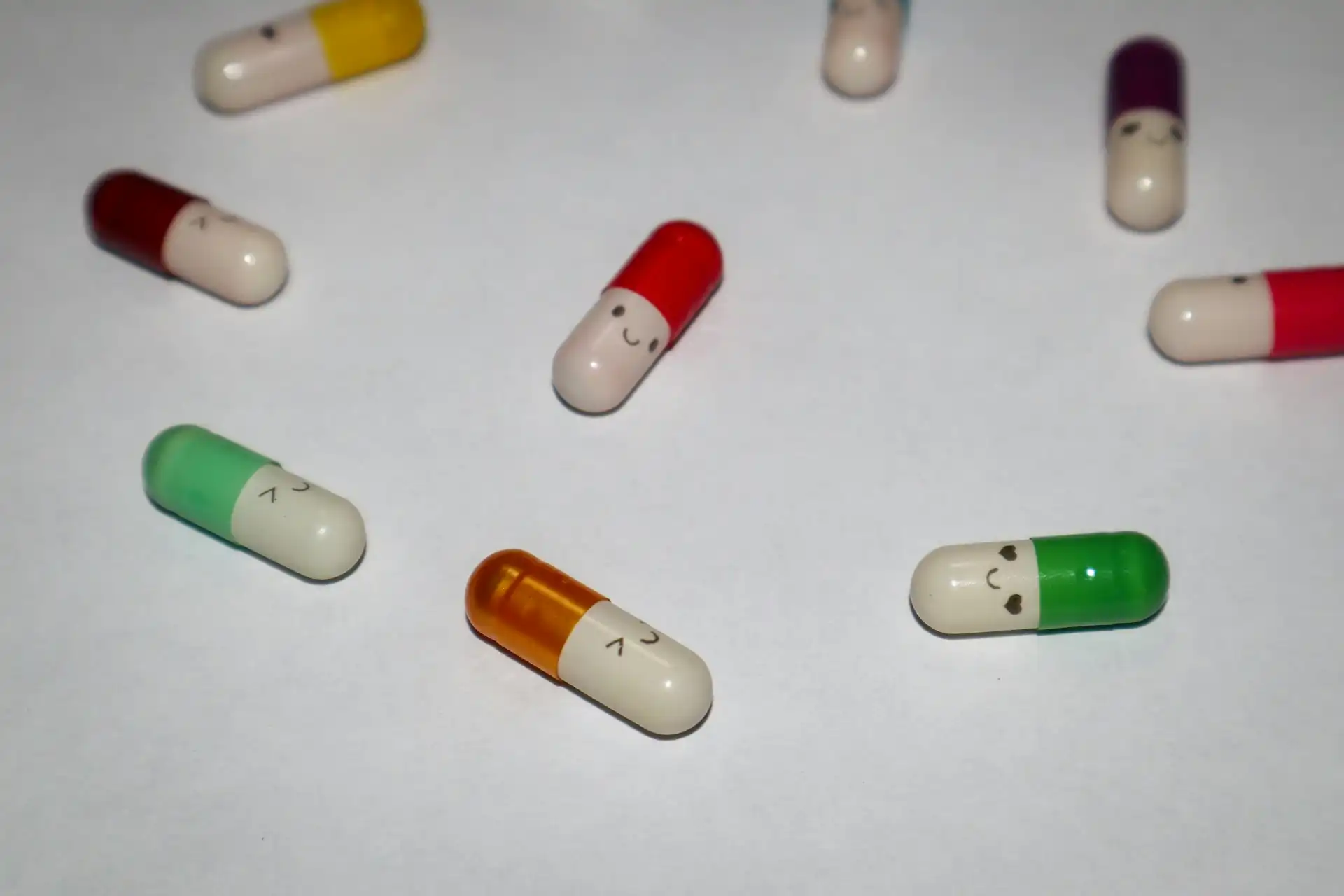How Biodegradable Polymers Are Revolutionizing Drug Delivery in 2025
Updated March 2025 | By Dr. Susan Miller, PharmD, BCPS
Imagine a world where patients with chronic conditions no longer need to remember multiple daily doses. Where cancer treatments can be administered once every few months instead of weekly. This isn’t science fiction—it’s the reality being created today through biodegradable drug polymers. As a clinical pharmacist with over 15 years of experience, I’ve witnessed firsthand how these remarkable materials are reshaping treatment protocols across medicine.
Nature Meets Technology: Understanding Biodegradable Polymers
Picture tiny molecular scaffolds that safely carry medicine through your system, gradually breaking down like dissolvable stitches while releasing their therapeutic payload. That’s essentially what we’re working with. These polymers come in two main varieties:
Natural polymers like chitosan (derived from shellfish) and gelatin have been used for decades, but recent advances in synthetic polymers like PLGA (a blend of lactic and glycolic acids) have opened new possibilities. What makes them truly special is their predictable degradation timeline—we can engineer them to last anywhere from days to months depending on clinical needs.
The Clever Mechanism Behind Extended Release
Here’s how it works in practice: When a biodegradable polymer drug formulation enters the body, three key processes begin simultaneously:
- Surface erosion: Body fluids gradually wear down the polymer matrix
- Bulk degradation: Internal chemical bonds break apart
- Drug diffusion: Medication molecules escape through newly formed pores
The beauty lies in how we can tweak the polymer’s composition to control these rates. For instance, adding more glycolic acid to PLGA speeds up degradation, while increasing lactic acid content slows it down. It’s like designing a precision time-release capsule at the molecular level.
The Polymer Hall of Fame: Materials Making a Difference
PLGA – The Gold Standard
This FDA-approved workhorse accounts for nearly 60% of current biodegradable drug delivery systems. Its versatility stems from the ability to adjust the lactic/glycolic acid ratio for different release profiles.
Chitosan – Nature’s Gift
Sourced from crustacean shells, this positively charged polymer excels at mucosal adhesion. We’re seeing exciting applications in nasal COVID-19 boosters and oral insulin delivery.
PCL – The Long-Hauler
Polycaprolactone’s slow degradation (up to 2 years) makes it ideal for contraceptive implants and orthopedic drug coatings where extended action is crucial.
Why Your Body Loves These Delivery Systems
Traditional medications often create peaks and valleys in drug concentration—flooding your system initially, then rapidly declining. Biodegradable polymers smooth out this rollercoaster. A landmark 2024 study showed PLGA-formulated antipsychotics maintained therapeutic levels within the optimal window 89% longer than conventional tablets.
The clinical benefits are profound:
- ✅ 40-60% reduction in side effects from concentration spikes
- ✅ Improved efficacy from sustained therapeutic levels
- ✅ Better patient compliance with less frequent dosing
Navigating the Safety Landscape
Before any polymer reaches patients, it undergoes rigorous scrutiny. The FDA’s Center for Drug Evaluation and Research examines:
| Evaluation Area | Key Questions |
|---|---|
| Degradation Products | Are breakdown compounds harmless? How are they eliminated? |
| Batch Consistency | Can we ensure identical performance across millions of doses? |
| Sterility | How does the manufacturing process prevent contamination? |
The entire approval process typically takes 5-7 years and costs $100-300 million—a testament to the thoroughness of modern pharmaceutical oversight.
From Lab to Life: Transformative Treatments
One of my most memorable patients was Jim, a 68-year-old with advanced prostate cancer. Traditional therapy required painful monthly injections that disrupted his life. When we switched him to the PLGA-based Zoladex implant, his treatment became a simple 3-month procedure with more stable hormone levels. “It gave me my quality of life back,” he told me.
Other groundbreaking applications include:
- Oncology: 6-month chemo implants for glioblastoma
- Psychiatry: 3-month schizophrenia medication
- Ophthalmology: Year-long steroid releases for macular degeneration
Answering Your Top Questions
Are these polymers safe for long-term use?
Absolutely. Materials like PLGA have been used safely in sutures and implants since the 1970s. The body naturally metabolizes them into lactic and glycolic acids—substances already present in your metabolism.
Why don’t all drugs use this technology?
Some medications are too large to diffuse through polymer matrices, while others may chemically interact with certain materials. It’s also cost-prohibitive for very cheap generic drugs. However, we’re seeing rapid expansion into new drug classes each year.
Can these systems be removed if needed?
Implants can generally be surgically removed, while injectable microparticles gradually disappear on their own. New “triggerable” polymers that dissolve on command are in clinical trials.
The Future Is Here
As I tell my pharmacy students, we’re living through a therapeutic revolution. What was once confined to research labs is now helping real patients experience better outcomes with fewer burdens. The next decade will likely bring even smarter polymers that respond to body signals or deliver multiple drugs in perfect sequence.
Want to explore further? Check out our deep dive into 2025’s most exciting drug delivery breakthroughs.
Have a personal experience with these therapies? I’d love to hear your story—reach out through our contact page.


Have questions or insights about biodegradable drug polymers? Join the discussion below.